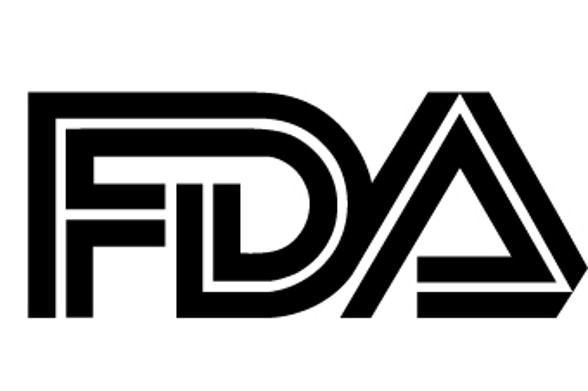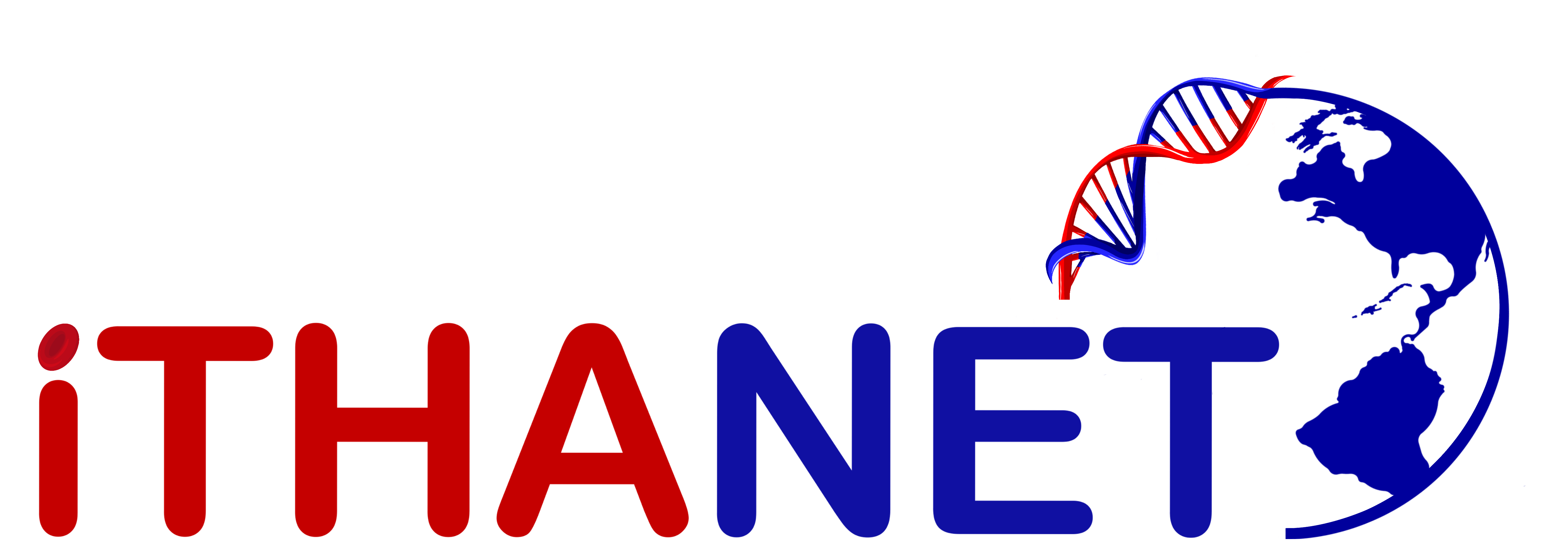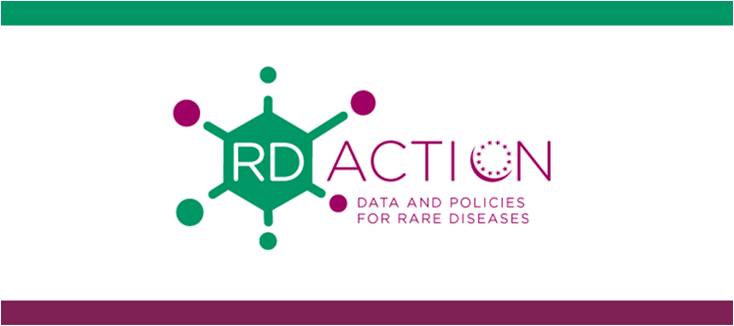
The U.S. Food and Drug Administration (FDA) approved Endari [PDUFA date: July 7, 2017] for the treatment of sickle cell disease (SCD). This marks a significant milestone in the field as Endari is the first and only FDA-approved treatment for pediatric patients and the first treatment in almost 20 years for adult patients. FDA approval was based on safety and efficacy data from a randomized, double-bind, placebo-controlled multi-centre clinical trial [NCT01179217] involving 230 adult and pediatric patients (5 to 58 years of age). Endari treatment improved the course of SCD, resulting in fewer sickle cell crises and hospitalizations, as well as a lower incidence of the life-threatening acute-chest syndrome. No major adverse events related to treatment were reported.
Endari is an orally-administered pharmaceutical grade L-glutamine made by Emmaus Life Sciences Inc. (Torrance, Calif.). It has received Orphan Drug designation in the U.S., Orphan Medicinal Product designation in the EU and Fast Track designation from the FDA.
More information: Press announcement




